
Single-stage and double-stage gearboxes, commonly referred to as single-stage and double-stage reducers, are two distinct types of gear reduction systems used in various mechanical applications. While both serve the purpose of reducing the speed of an input shaft to a desired output speed, they differ significantly in terms of design, functionality, and performance. In this article, we will explore the differences between single-stage and double-stage reducers.
Single-Stage Reducers:
Single-stage reducers, as the name suggests, consist of a single set of gears that transmit power from the input shaft to the output shaft. These gearboxes typically have a smaller size and simpler design compared to double-stage reducers, making them more compact and lightweight. The reduction ratio of a single-stage reducer is determined by the ratio of the number of teeth on the input gear to the number of teeth on the output gear.
One of the key advantages of single-stage reducers is their efficiency. With fewer gears and transmission elements, single-stage reducers experience lower friction losses and higher mechanical efficiency compared to double-stage reducers. This results in less heat generation and energy loss during operation, making single-stage reducers ideal for applications where energy efficiency is a priority.
However, single-stage reducers may have limitations in terms of achieving higher reduction ratios. Since the reduction ratio is determined solely by the gear ratio of the single gear set, there is a practical limit to how much the input speed can be reduced in a single stage. As a result, single-stage reducers are often used in applications that require moderate speed reduction ratios and where space constraints are a concern.
Double-Stage Reducers:
Double-stage reducers, on the other hand, consist of two sets of gears arranged in series, with each set providing a portion of the overall speed reduction. In a double-stage reducer, the output shaft of the first stage serves as the input shaft for the second stage, resulting in a cumulative reduction of speed across both stages.
The primary advantage of double-stage reducers is their ability to achieve higher reduction ratios compared to single-stage reducers. By dividing the total reduction ratio between two stages, double-stage reducers can effectively reduce the input speed to a much greater extent, making them suitable for applications that require significant speed reduction.
However, double-stage reducers tend to be larger and more complex than single-stage reducers due to the additional gear sets and transmission elements. This can result in higher manufacturing costs and increased maintenance requirements. Additionally, double-stage reducers may experience slightly lower efficiency compared to single-stage reducers due to the increased number of transmission elements and potential for additional friction losses.
In summary, single-stage reducers are characterized by their compact size, simplicity, and high efficiency, making them suitable for applications with moderate speed reduction requirements. On the other hand, double-stage reducers offer higher reduction ratios but are larger, more complex, and may have slightly lower efficiency. The choice between single-stage and double-stage reducers depends on the specific requirements of the application, including desired reduction ratio, space constraints, and energy efficiency considerations.
 English
English Deutsch
Deutsch Русский
Русский Español
Español
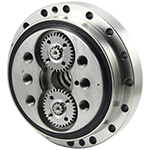
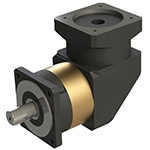
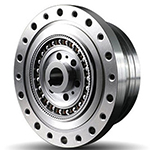
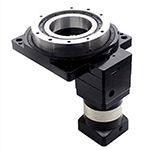
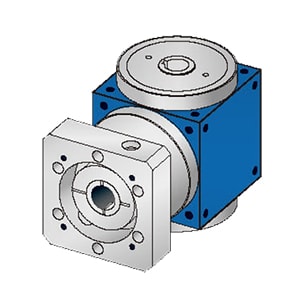
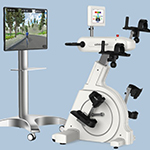
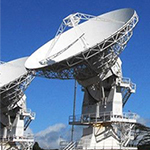
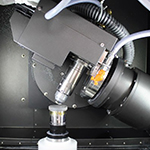
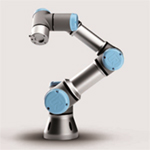
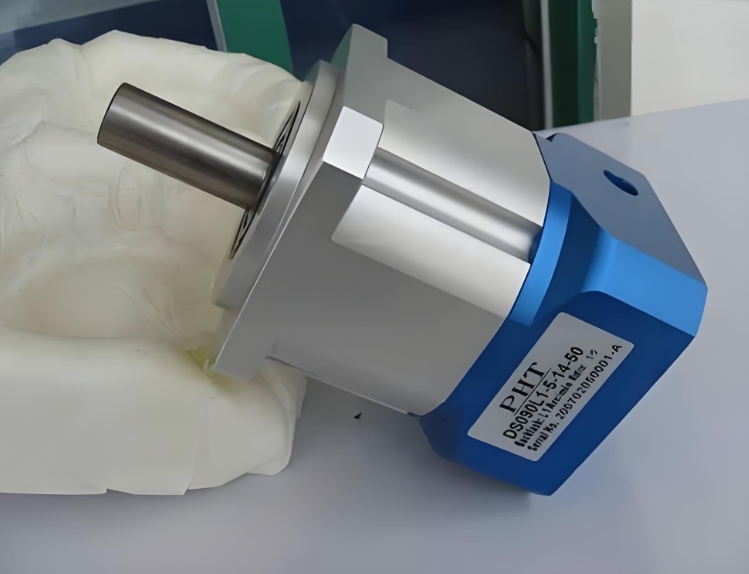
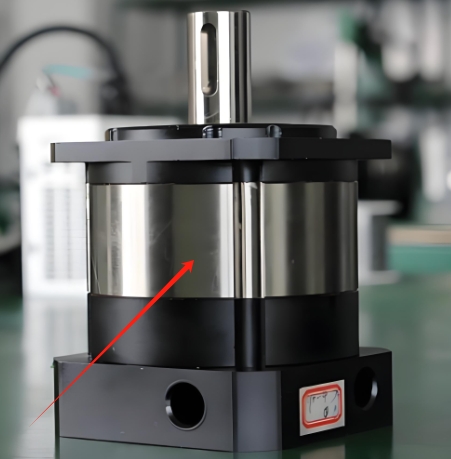
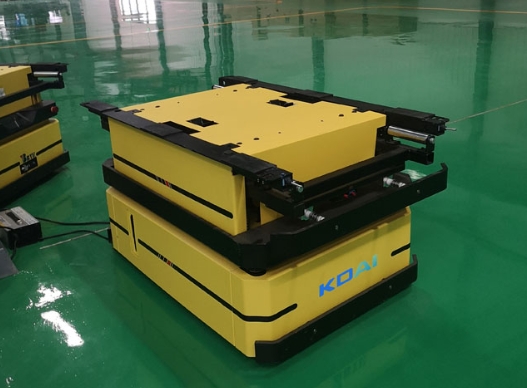
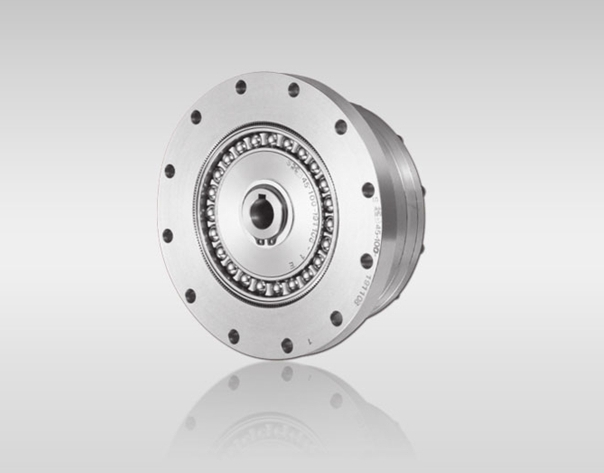
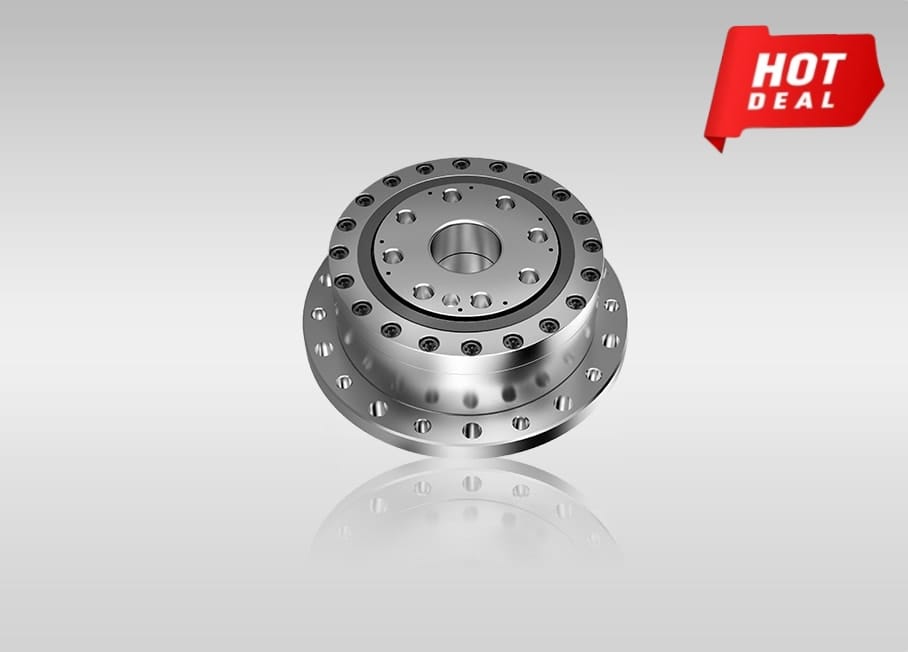
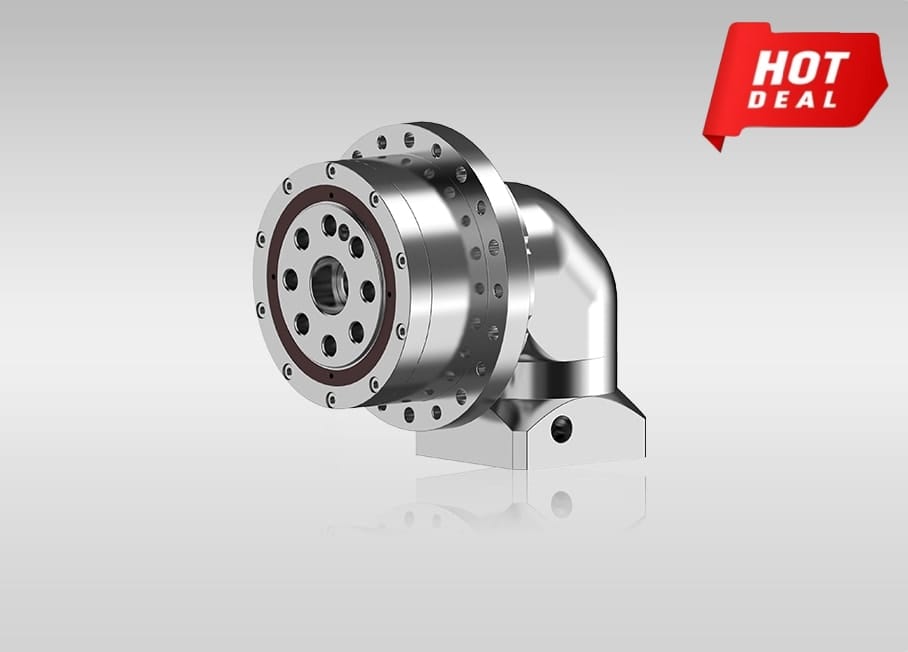
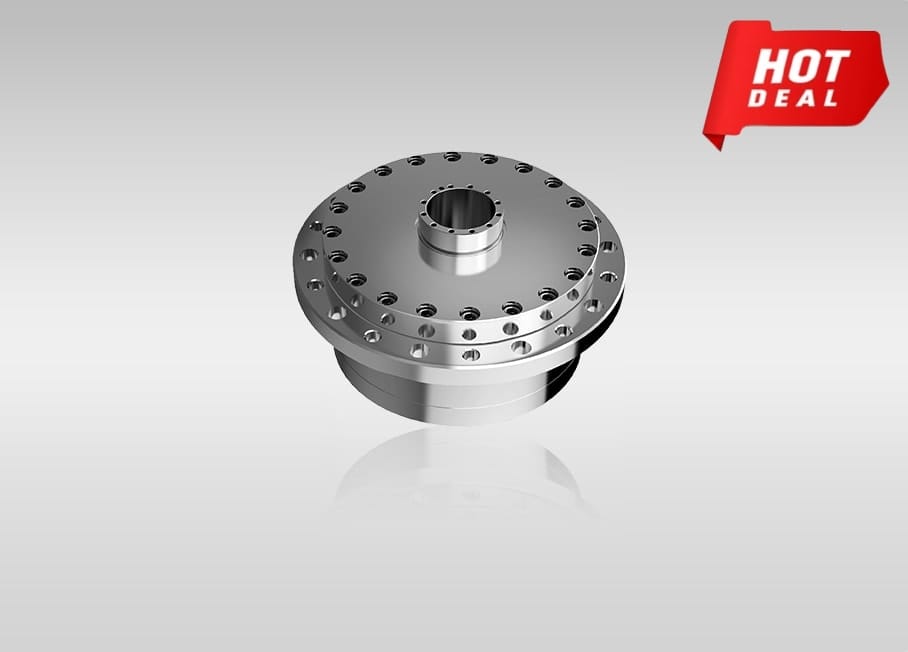
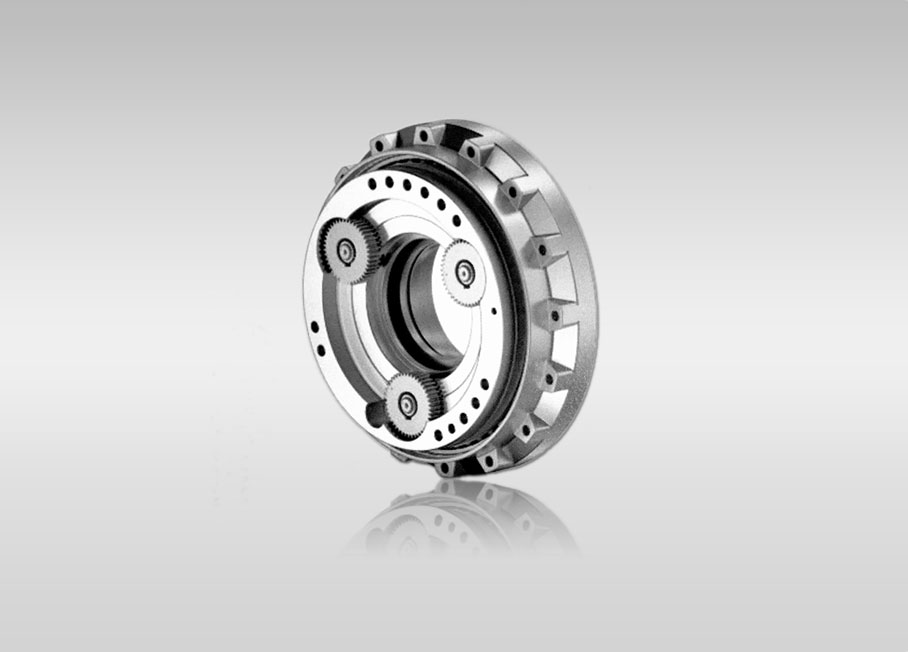
Quote Now